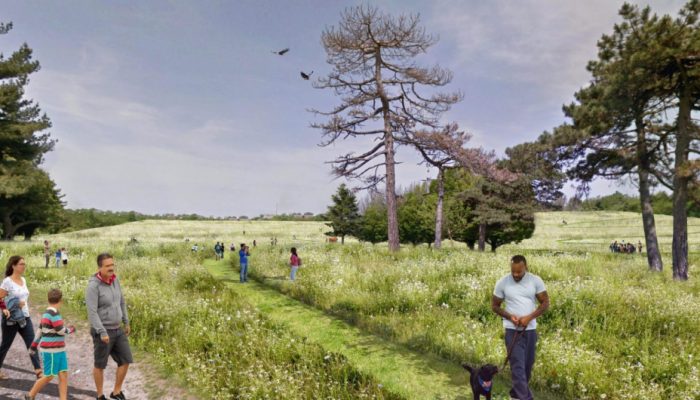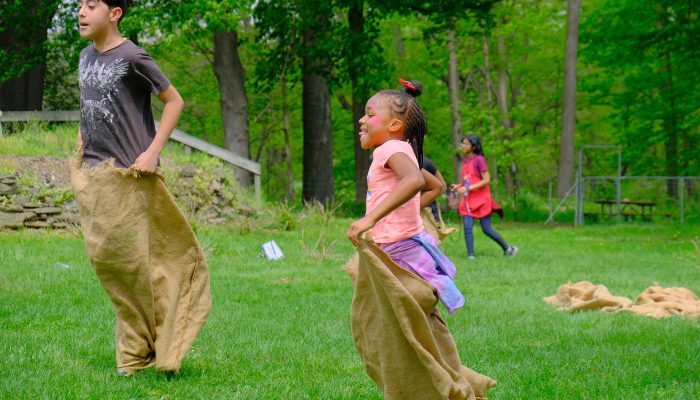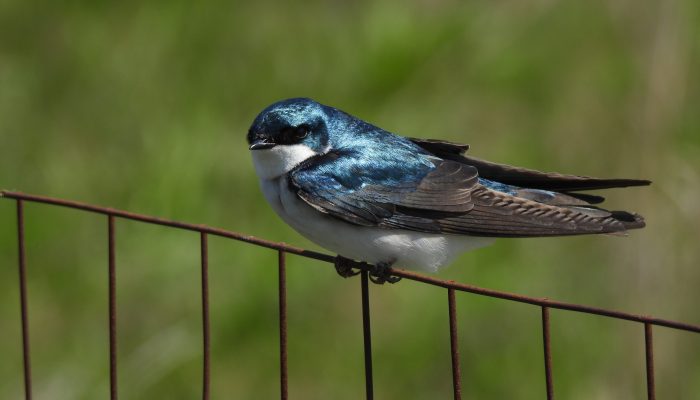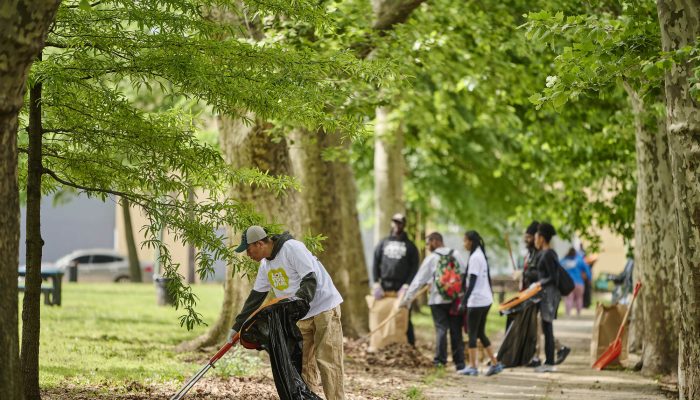In partnership with the Philadelphia International Airport, 33 acres of FDR Park’s southwest corner is becoming a wetland. The wetland will be created in a section of the park that is currently inaccessible to the public. The wetland is the third major project to begin construction through the FDR Park Plan, along with the new FDR Welcome Center and Anna C. Verna Playground.
What is the wetland?
Wetlands are areas where land is regularly covered by water. They make ideal habitats for fish, amphibians, and water birds. Much of our region was once wetlands that supported native birds like great blue herons and red-winged blackbirds. In fact, FDR Park was built on tidal marshland using soil excavated from building the Broad Street Line as Philadelphia expanded.
Reclaiming part of the park to wetland is the first step toward transforming more of the 348-acre park into high quality, healthy natural areas. The wetlands will be part of the improved, more climate-resilient FDR Park’s 209-acre ecological core.
Where will the wetland be?
The new wetland is being created on the lowest lying area of FDR Park. This is an important step in improving FDR’s frequent flooding issues. Today, FDR Park floods far too often, because it was built on low-lying land.
The wetland site is next to I-95, in part of the park that is currently inaccessible to the public. After decades of illegal short dumping and other nuisance activities, the site has become overgrown with invasive species, trash and debris.
How is a wetland created?
To construct a wetland, PHL will recreate the natural low point in the park, giving storm water runoff a place to drain. The site will first be cleared of years of debris. Then existing low quality vegetation will be removed in a process called “grubbing” which removes invasive species and overgrowth to prepare for the restoration of a tidal wetland.
The shrubs and trees cleared during construction will be replaced by 7,000 new native trees and 1,700 bushes and woody shrubs. This process will re-establish the native habitat that was found in South Philadelphia prior to the park’s development in 1914.
What’s next?
Dirt excavated from the site will be used to raise land around the park, including for sports fields, playgrounds, and picnic sites within the former golf course. These solutions will help keep the park’s forests and meadows, athletic fields, and picnic areas dry in a hotter, wetter future.
The 33-acre wetland will become the core of this new habitat in the park, making it a paradise for birds and local birdwatchers, too. For humans, the project will open this section of the park to visitors for the first time in decades. Once established, boardwalks and bird observation stations will surround the wetland, introducing opportunities for hiking, boating, and experiencing nature.




